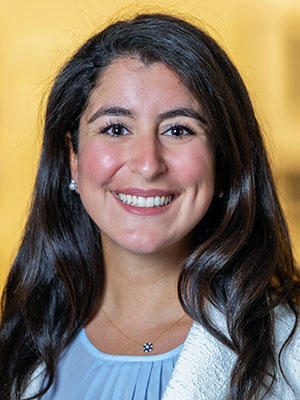Petra Bachour, DMD, MS
Titles
Education
MS, University of Minnesota
Major: Orthodontics
DMD, Harvard School of Dental Medicine
Major: Dentistry
BS, Summa cum laude with highest distinction, University of Minnesota
Major: Genetics, Cell Biology, and Development
Fellowships
Licensures and Certifications
Biography
Petra C. Bachour, DMD, MS is a Clinical Assistant Professor in the Division of Orthodontics at the University of Minnesota School of Dentistry. She earned her dental degree at the Harvard School of Dental Medicine, where she was recognized by the Harvard Odontological Society for her achievements in research. She then completed her orthodontic specialization and received her Master’s of Science from the University of Minnesota School of Dentistry.
Dr. Bachour worked in private practice full-time before joining the orthodontic faculty at the University of Minnesota in 2022. She continues to practice orthodontics in the community. Dr. Bachour’s clinical and research interests include emerging orthodontic technologies with a focus on digitally-driven orthodontics.
Publications
Ferlito T, Hsiou F, Hargett K, Herzog CM, Bachour P, Katebi N, Tokede O, Larson B, Masoud M. “Assessment of Artifical Intelligence (AI) based remote monitoring of clear aligner therapy: a prospective study.” American Journal of Orthodontics and Dentofacial Orthopedics 2023. Online ahead of print.
Bachour PC, Klabunde R, Grünheid T. “Transfer accuracy of 3D-printed trays for indirect bonding of orthodontic brackets–a clinical study.” Angle Orthodontist 2022; 92: 372–379.
Bachour PC and Sonis ST. “Predicting mucositis risk associated with cytotoxic cancer treatment regimens: rationale, complexity, and challenges.” Current Opinion in Supportive and Palliative Care 2018; 12:198-210.
